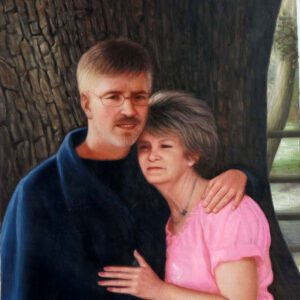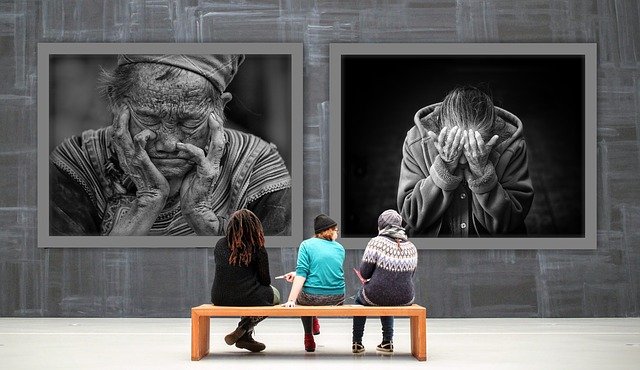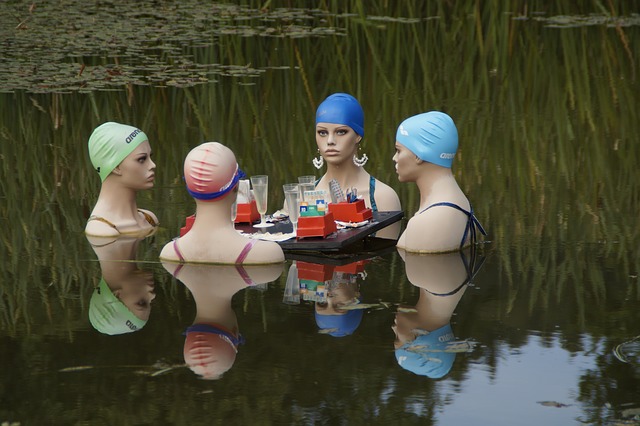An art business is a cycle of creative, financial, and business activities. The following steps can help you create an action plan for your business. These steps can be separated into smaller action plans that can be done in order to achieve each one of them. The action plan for your art business can be written on one page, with measurable milestones. It’s important to plan ahead to stay on track and avoid getting sidetracked by the unexpected.
Art business is a cycle
To have a successful art business, you must understand the sales cycle. In order to sell your work, you must first identify potential buyers, qualify them, and then communicate with them to move the sale along. The Cycle has proven very useful for performing arts companies, museums, art schools, and other service organizations such as historical societies, advocacy groups, and botanical gardens. Here are some ways to maximize your sales cycle. You can start by letting the public know about your prices so that potential buyers can self-select.

It consists of creative, business and financial activities
The arts sector is a multi-billion-euro industry spanning a range of disciplines. In Europe, it is known as the creative industries. In the United States, it is called the creative economy. In Latin America and the Caribbean, it is known as the orange economy. Creative industries provide jobs and income in many countries. Some countries even have their own funding schemes devoted to the arts.
It is a one-page program
Creating a business plan may seem like a daunting task, especially for artists who lack the business acumen necessary to draft one. Many artists, however, do not consider the necessity of a business plan, because they feel drafting a business plan requires formal education and specialized training. Despite this perception, a one-page business plan is powerful medicine for an artist’s art business. It compel artists to think more strategically about their business than just the supplies and tools they’ll need to continue operating their studio. Artists must also consider where to get the money to support their business and what kind of specialized workforce they will need to keep the studio up and running.

It contains measurable milestones
Your business plan should contain measurable milestones. These goals will determine your marketing strategy. Your art business goals may include identifying your target audience, your audience’s needs, and your desired level of revenue. By creating milestones, you will have an idea of how you can achieve each of these. You should also set up a timeline for completing each goal, so you can track your progress and adjust your strategies accordingly.
It should be realistic
Creating a detailed art business plan can help you determine your competition and strengths and weaknesses. It will also help you determine what type of customer service you should provide to increase your sales. It will also help you determine what typical profits are for a similar business in your field. By thinking through each step of the art business plan, you can identify potential issues that may come up and address them before they become big issues. This knowledge will make the process more enjoyable.
If you are interested in starting an art business, check out Art In Bulk’s service, they can dropship wall art worldwide. It’s free to join their dropship program.




